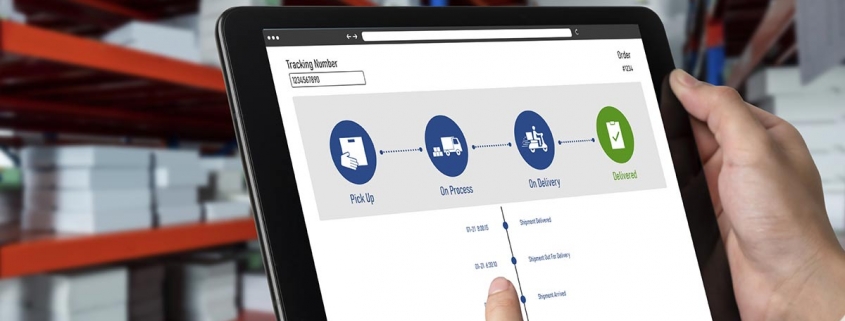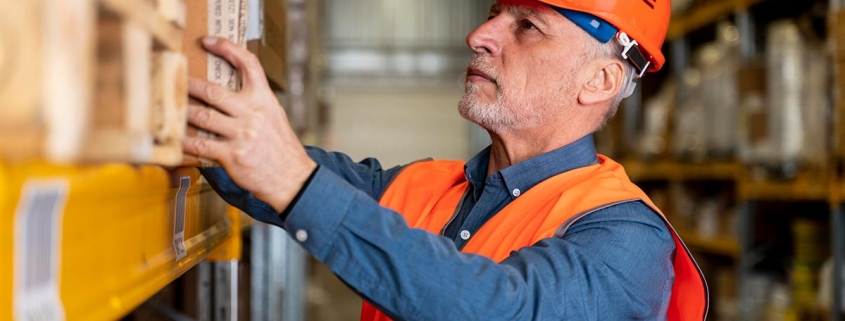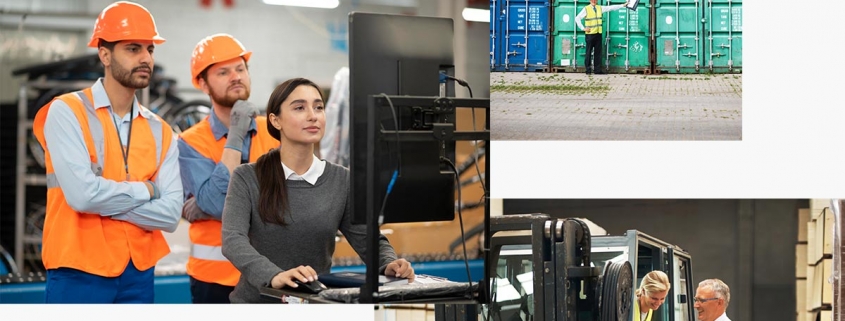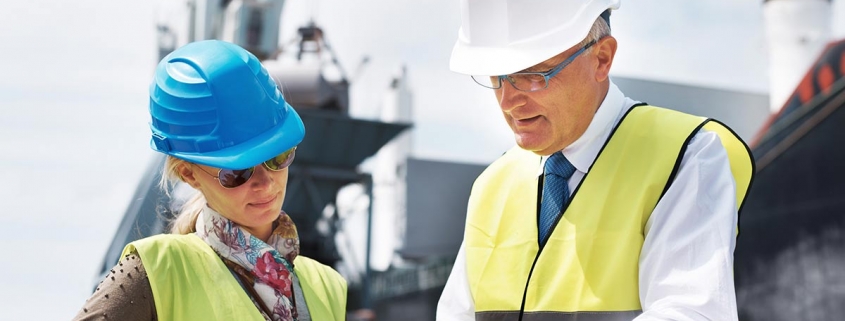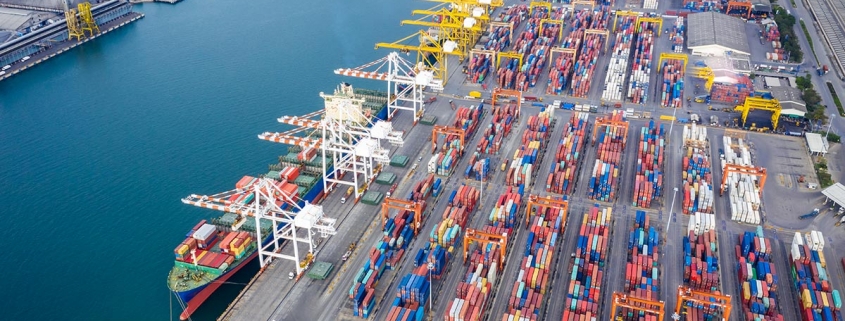Hello everyone! Today, let’s discuss how to address labor rights and welfare in the global supply chain. With the development of globalization, labor rights and welfare in international logistics have become a significant concern. So, how can we ensure labor rights and welfare in the supply chain? Let’s find out!
Firstly, establishing a robust mechanism to protect labor rights is crucial. Companies at various stages of the supply chain should ensure compliance with labor laws and regulations, providing fair wages, reasonable working hours, and vacation systems to safeguard the basic rights of workers. Additionally, companies should offer a safe and healthy working environment, prevent occupational accidents, and provide training and development opportunities to enhance workers’ professional skills and employability.
Secondly, strengthening social responsibility oversight in the supply chain is necessary. Consumer focus has shifted from price and quality to corporate social responsibility. Therefore, companies should establish transparent supply chain management systems, conduct audits and evaluations of suppliers to ensure compliance with labor rights protection standards at every stage of the supply chain. At the same time, stakeholders should enhance supervision and collaboration to improve labor rights in the supply chain.
Furthermore, international cooperation plays a vital role in addressing labor rights and welfare challenges. Governments, international organizations, and companies should strengthen cooperation, develop and implement relevant international standards and guidelines, and jointly promote the protection of labor rights in the global supply chain. Through collaboration, information sharing, experience exchange, and resource integration, we can collectively address labor issues in the global supply chain.
In summary, addressing labor rights and welfare in the global supply chain is a complex and crucial task. By establishing a robust mechanism to protect labor rights, strengthening social responsibility oversight in the supply chain, and enhancing international cooperation, we can work together to ensure the rights and welfare of workers in the supply chain and promote sustainable and responsible international logistics development!


